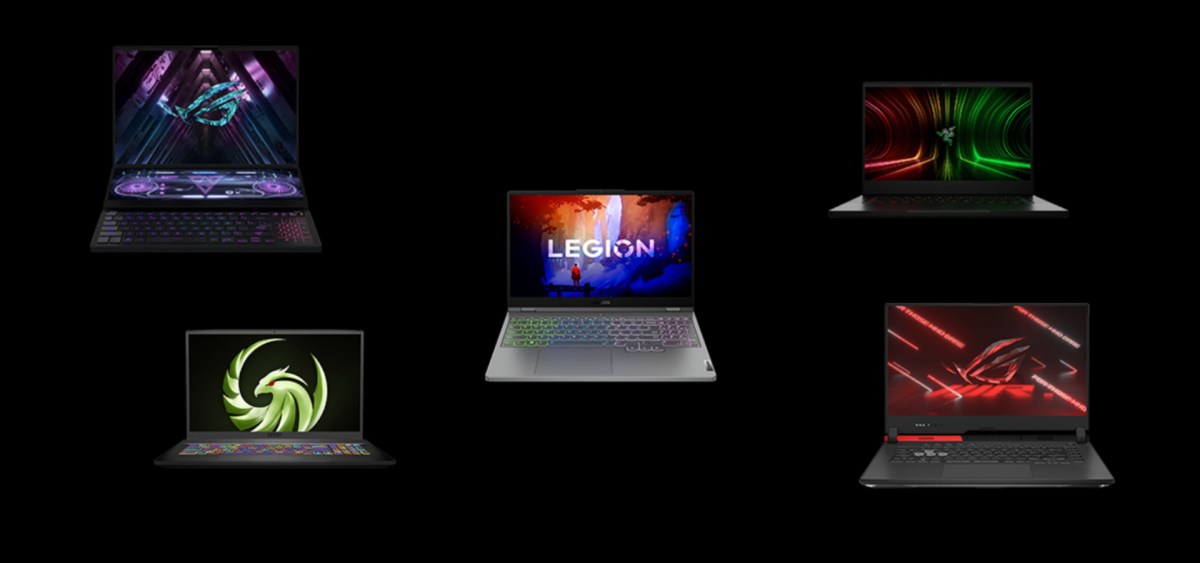There’s about to be a new way you shop for AMD Ryzen gaming laptops. Robert Hallock, the senior director of technical marketing for AMD’s Ryzen brand, published a blog today going over how naming methodologies will change in next-gen products. In short, it’ll fix some past inconsistencies and possibly cause new problems for buyers.
The blog acknowledges past inconsistencies that often left shoppers confused as to what the latest products were. This is no doubt in reference to when the laptop and desktop Ryzen lineups featured different series designations, despite being made on the same nodes, architectures, and sharing similar basic specs. The matter was even worse when accounting for the Radeon brand.
Setting things straight-ish
The good news is that, going forward, AMD Ryzen (and assumedly Radeon also) products will be designated with a numerical system to provide context about what you’re getting. Hallock even provided a slide to decode “the matrix. ”
With this handy chart, it’s pretty easy to see what AMD’s going for. The first digit on a product indicates the Portfolio Model Year, which will be a “7” for 2023 products. That’s pretty straightforward, since the Ryzen 7000 Series will release for laptop next year. Each successive year will increase the numerical value.
The second digit will apply to the Market Segment, which is what we know as Ryzen 5 or Ryzen 7 class products, much like how Intel uses i3, i5, i7, and i9 branding. The higher the number, the better the product.
The third digit is by far the easiest to remember. It applies to the Zen architecture iteration. You’ll see plenty of the number “4” soon enough.
The fourth digit applies to the Feature Isolation, which is somewhat like the Market Segment designation, but also not. This is where things get messy. There will be upcoming Phoenix and Dragon Range lineups built for different types of laptops. Phoenix, destined for compact laptops, will receive the 7X40 Series branding. Dragon Range will be referred to as the 7X45 Series to note it’s no-holds-barred approach to ultimate gaming laptop designs.
Building upon all of this, the letter designations will basically indicate TDP, and how much power/heat you should expect the products to use. “HX” references 55W+ for high-end gaming experiences. “HS” will stick near ~35W so as not to kill your battery too quickly while maintaining performance. “U” will range between 15-28W for more practical, mainstream solutions.
The numbers, what do they mean?
Perhaps time will condition us to better understand what we’re seeing when we look at AMD gaming laptop specs, or perhaps we’ll need to carry around a small decoder. Based on AMD’s statements, this branding scheme will likely remain in place for many years to come, though one can already see how it could retire early. It’s already questionable what AMD would call a V-Cache model for laptop if it were to design one. The Ryzen 7640 HS X3D doesn’t exactly roll off the tongue.









Published: Sep 7, 2022 07:30 pm